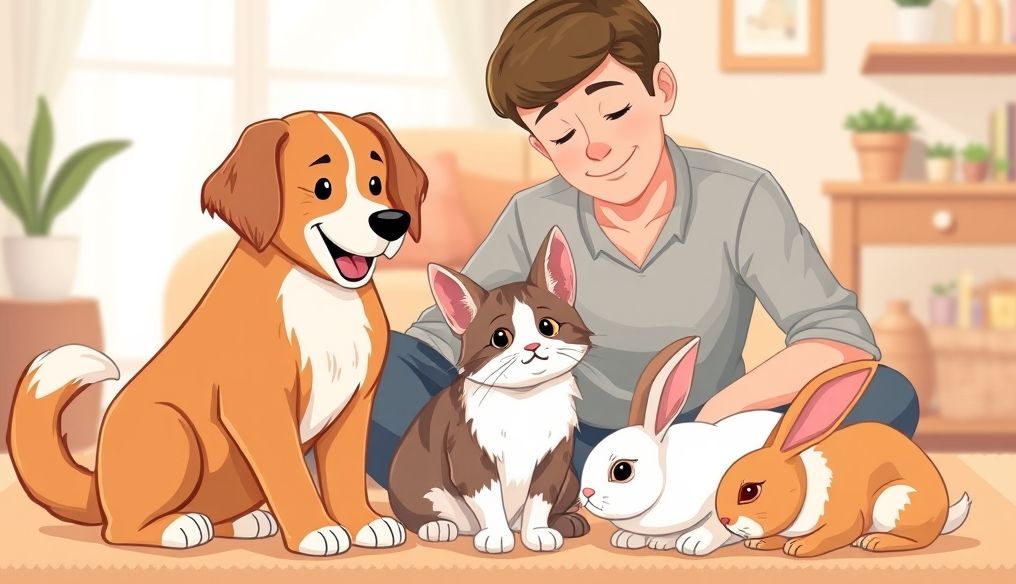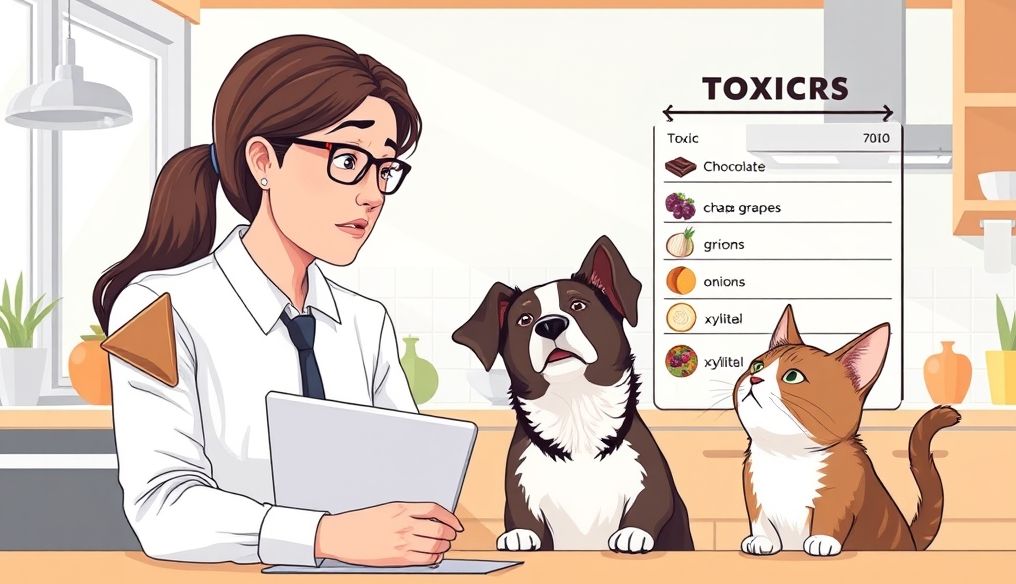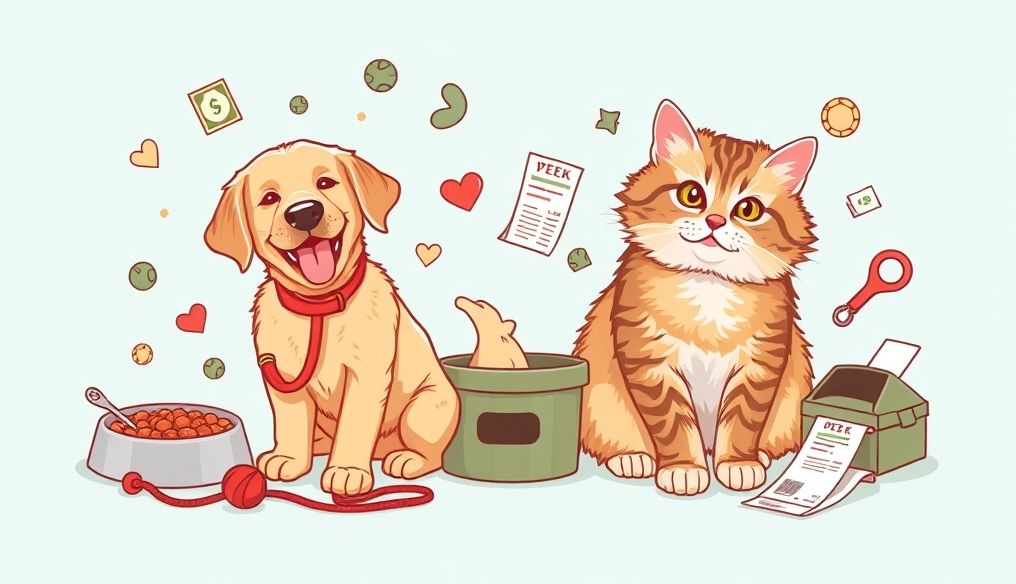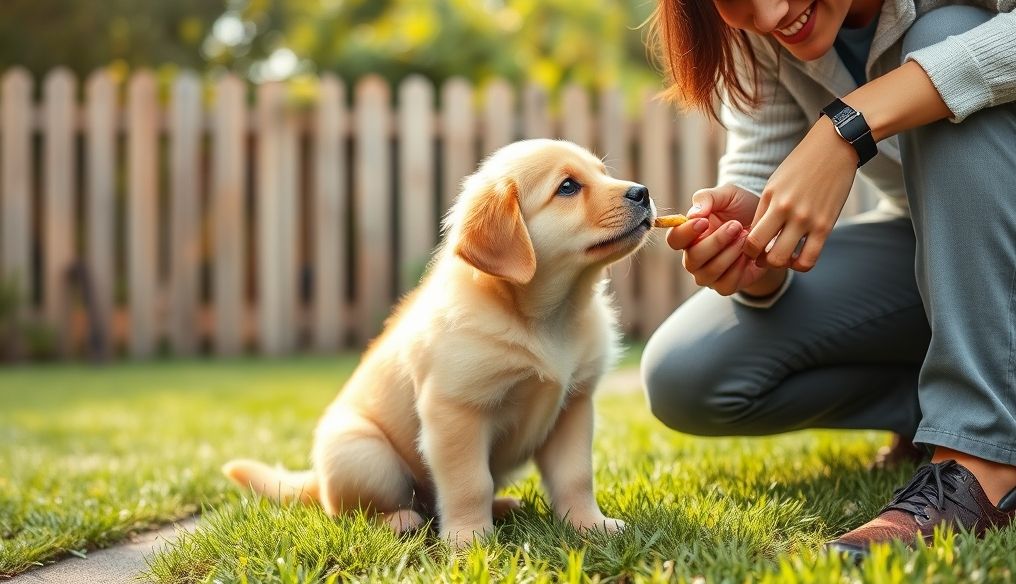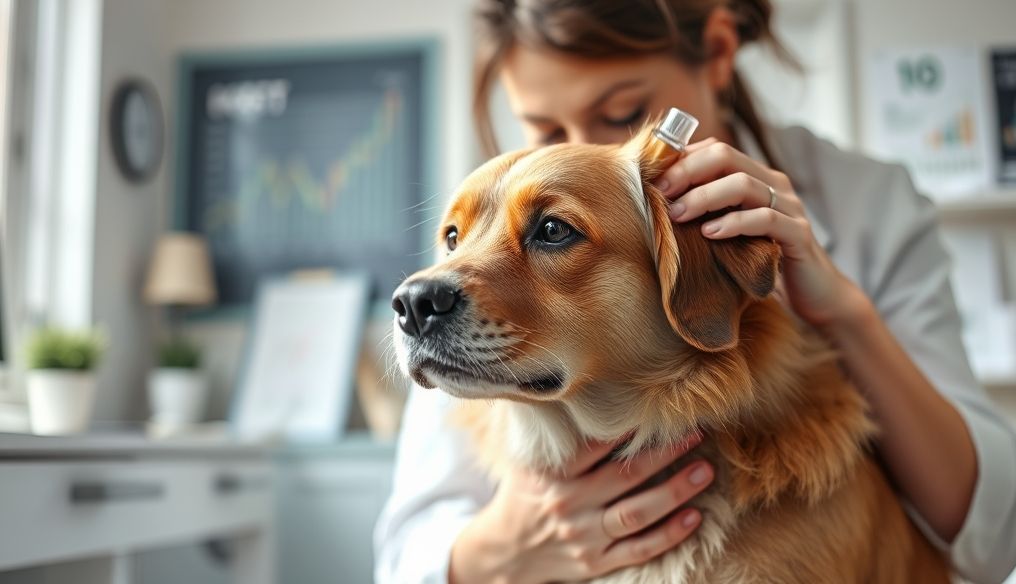Introduction: A Window into Your Pet's World
Pets, whether cats, dogs, or others, are constantly communicating with us through their body language. We often rely on words to express ourselves, but our pets rely heavily on non-verbal cues. Understanding these cues can greatly improve our relationship with them and help us meet their emotional and physical needs.
Chapter 1: The Basics of Pet Body Language
What is Body Language?
Body language is a form of non-verbal communication that includes gestures, facial expressions, posture, and movements. In pets, it also includes tail and ear positions, eye expressions, and vocalizations.
Why is Understanding Body Language Important?
- Improved Communication: Understanding what your pet is trying to say.
- Strengthened Bond: Building a stronger relationship by understanding their needs.
- Avoiding Problems: Recognizing signs of stress or fear early on.
- Meeting Needs: Ensuring their physical and emotional needs are met.
Chapter 2: Dog Body Language: A Comprehensive Guide
Body Posture:
- Relaxed: Loose body, tail hanging down, slightly open mouth.
- Alert: Tense body, tail raised, ears perked up.
- Fearful: Low body, tail tucked between legs, ears flattened.
- Aggressive: Stiff body, tail raised and erect, lips curled.
Facial Expressions:
- Eyes: Direct and fixed gaze (challenge), avoiding eye contact (fear or submission).
- Mouth: Light panting (happiness), growling (warning), baring teeth (aggression).
- Ears: Erect (attention), drooping (relaxation), flattened (fear or submission).
Tail:
- Rapid Wagging: Often associated with happiness, but can also indicate excitement or tension.
- Hanging Down: Relaxation.
- Raised: Alertness or dominance.
- Tucked: Fear or submission.
Vocalizations:
- Barking: Can mean many things depending on the tone and context (warning, play, excitement).
- Howling: Often associated with loneliness or calling out.
- Growling: Warning.
- Whining: Can indicate pain, discomfort, or attention-seeking.
Chapter 3: Cat Body Language: Decoding the Signals
Body Posture:
- Relaxed: Lying on back with belly exposed (trust), stretching (comfort).
- Alert: Tense body, ears perked up.
- Fearful: Low body, puffed-up fur, tail tucked.
- Aggressive: Stiff body, arched back, puffed-up fur.
Facial Expressions:
- Eyes: Slow blink (sign of trust and affection), direct and fixed gaze (challenge).
- Whiskers: Forward (interest), backward (fear or submission).
Tail:
- Straight Up: Happiness and confidence.
- Slight Twitching: Affection.
- Puffed Up: Excitement or fear.
- Swishing: Irritation or anger.
Vocalizations:
- Meowing: Can mean many things depending on the tone and context (requesting food, attention, greeting).
- Purring: Often associated with happiness, but can also indicate comfort in times of pain or stress.
- Hissing: Warning.
- Screaming: Fear or pain.
Chapter 4: Body Language of Small Pets (Rabbits, Hamsters, etc.)
Rabbits:
- Thumping Hind Legs: Warning of danger.
- Lying on Side: Relaxation and trust.
- Licking: Sign of affection.
Hamsters:
- Standing on Hind Feet: Exploring the environment.
- Squeaking: Fear or threat.
- Biting: Self-defense.
Chapter 5: Context Matters!
It's important to remember that body language should not be interpreted in isolation. Look at the bigger picture – what was your pet doing before? What is the surrounding environment? Is there anything that might be causing them stress?
For example, a wagging tail might be a sign of happiness in dogs, but in a specific context, it could also indicate excitement or tension. Similarly, purring might be a sign of happiness in cats, but it could also indicate comfort in times of pain.
Chapter 6: Training and Observation
The best way to understand your pet's body language is simply to spend time with them and observe them. Pay attention to how their behavior changes in different situations, and how they interact with other people and animals. Over time, you will begin to recognize the subtle cues they use to express themselves.
Training can also be a great way to improve communication with your pet. By teaching them commands and tricks, you are not only reinforcing their behavior but also strengthening your bond and learning more about their personality.
Chapter 7: Warning Signs: When to Consult a Veterinarian
Sometimes, changes in your pet's body language may indicate a health problem. If you notice any of the following signs, it's important to consult a veterinarian:
- Sudden change in behavior.
- Loss of appetite.
- Lethargy.
- Hiding.
- Unexplained aggression.
- Excessive whining or howling.
Chapter 8: Building a Stronger Relationship Through Body Language Understanding
Understanding your pet's body language is not just a useful skill, but also a way to build a stronger and more meaningful relationship with them. By paying attention to the signals they are sending, you can better meet their needs, avoid problems, and strengthen your bond.
Remember that every pet is unique, and the way they express themselves may vary slightly from others. The key is to spend time with them, observe them, and learn from your experiences. Over time, you will become an expert in understanding your pet's body language, and you will be able to communicate with them on a deeper level.
Conclusion: Understanding your pet's body language is key to a happy and healthy relationship. Invest the time and effort into learning this skill, and you and your pet will be well on your way to better understanding each other.
